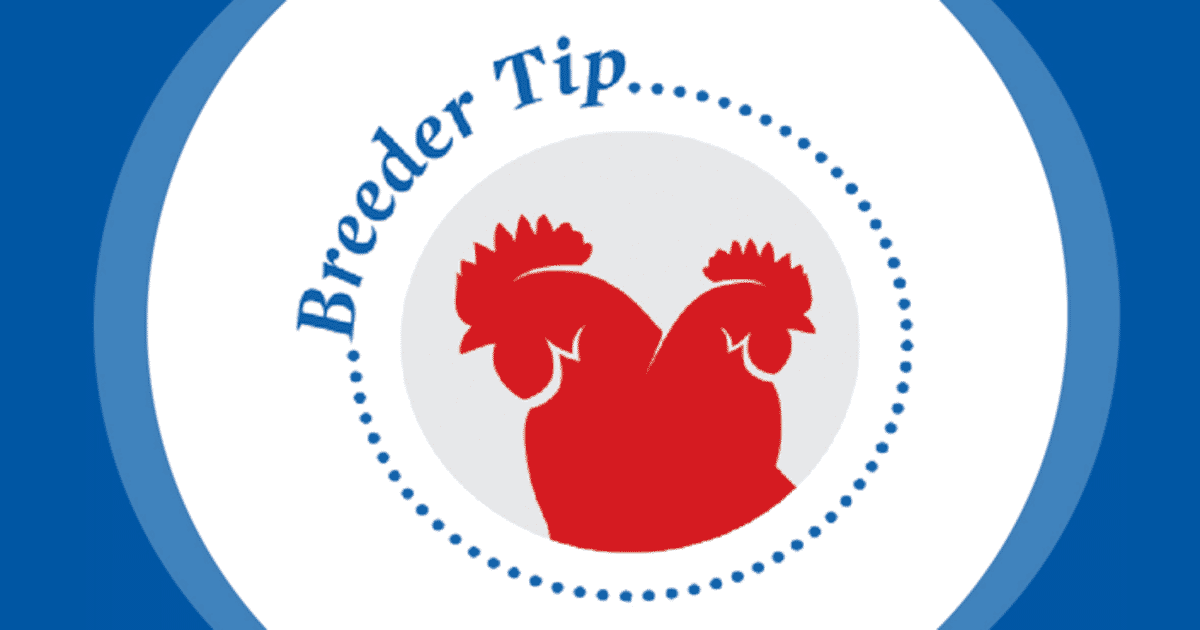Maintaining fertility throughout the production period requires a balanced female to active male ratio. Higher than recommended mating ratios can lead to issues with over-mating, as well as reduced flock fertility, egg numbers and animal welfare. Therefore, a planned reduction programme should be used to avoid high mating ratios and maintain optimal fertility during lay.
To avoid high mating ratios:
- Review mating ratios weekly
- Establish a well-planned male-reduction programme
- Use recommended mating ratios as a guide only, and adjust them to local circumstances and flock condition.
Assess mating ratios weekly, check for signs of over-mating from 25 weeks of age.
Remove males if:
- Alertness and activity has declined
- Body weight is not on target
- Legs and feet are not straight or show signs of bent toes or footpad abrasions
- Body condition is not as expected
- Comb and wattles are not an intense red color and the beak is not uniform
- Males exhibit no feather loss around the shoulders or thighs
- Vent is pale in color with no signs of feather wear
- Females show visible damage or excessive feather loss.



